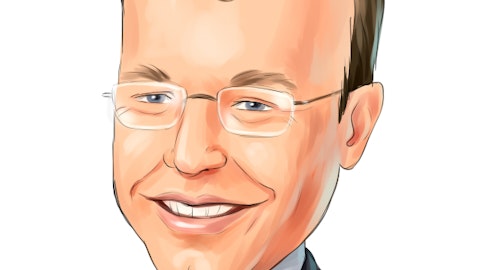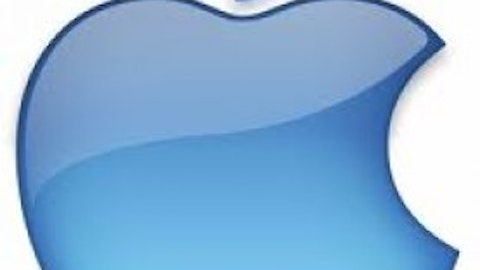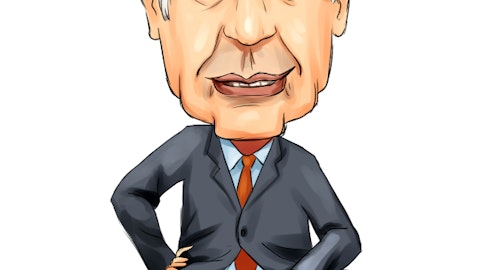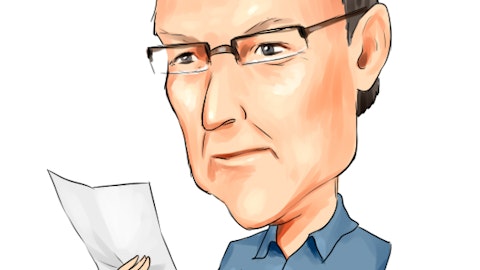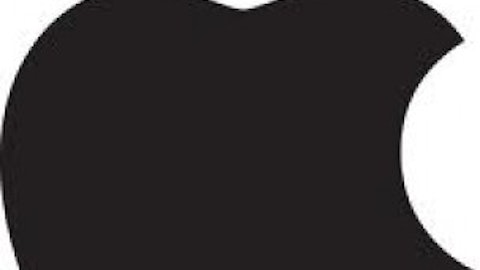In a recent research note, Citi analyst Glen Yeung described what he referred to as “device exhaustion” and how smartphones in “developed markets are approaching full saturation (suggesting that smartphones are nearing replacement only mode).” As Apple Inc. (NASDAQ:AAPL) is expected to roll out the next generation of iPhones on Sept. 10, investors should be concerned over whether the company will be able to post the type of sales figures it has in the past after major releases. This time, however, there has been an important shift in the wireless market that, I believe, will be a critical driver of sales.
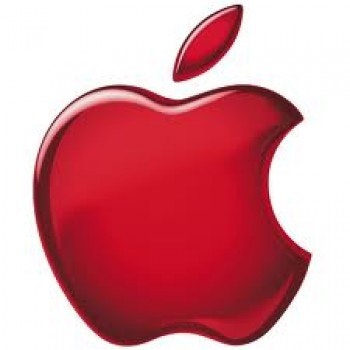
Product cycle and exhaustion
In Heung’s note, titled “Shortening Product Life Cycles and Their Contribution to ‘Device Exhaustion,'” the analyst considers how the shortening life cycle for personal electronics has made maintaining profitability more challenging. For example, while desktop computers took about 12 years to become a mature market, laptops took 10 years, and it appears smartphones will take seven and tablets just five. To put it more granularly, in 2008 the period between iPhone/iPad releases was about 378 days, Heung says; in 2012, that number is 125 days.
The point is that as mature markets near saturation, the product cycle accelerates in order to compete for the remaining new customers and in an effort to win over consumers looking for replacement devices. A shorter product cycle puts pressure on margins, which in turn increases the stakes and may further accelerate the product cycle. The entire process puts pressure on profits.
Why this time may be different
Despite the accelerated product cycle, the introduction of upgrade programs by each of the big three U.S. wireless carriers could make the difference in helping Apple Inc. (NASDAQ:AAPL) — and others — in overcoming some of the buying fatigue that Heung refers to. T MOBILE US INC (NYSE:TMUS) was the first to release an “early upgrade” program in the form of JUMP. Under the program, you pay an extra $10 per month for the right to upgrade your smartphone as frequently as twice per year. After the release of JUMP, both AT&T Inc. (NYSE:T) and Verizon Communications Inc. (NYSE:VZ) introduced similar plans.
This significant shift in the wireless market should benefit Apple Inc. (NASDAQ:AAPL) in a couple of important ways. First, it will allow customers that bought the iPhone 5 a year ago to more rapidly upgrade to the iPhone 5S. Recall that in the first quarter after the iPhone 5 was released, Apple shipped 48 million iPhones across models. The ability to upgrade those consumers early should be a big driver of sales.
The other way that the new wireless plans will help Apple Inc. (NASDAQ:AAPL) sell more phones is that they will remove some of the trepidation that buyers often have when considering a smartphone. If you’re going to be stuck with a certain model for two years, you may be more likely to wait. If you can change your mind in six months, there is far less reason to delay your purchase.
Ultimately, the combination of market saturation and device exhaustion has the potential to create challenges for Apple Inc. (NASDAQ:AAPL) and other smartphone makers. The reduction in time commitment under the new plans may allow Apple Inc. (NASDAQ:AAPL) to avoid slowing sales for at least another product cycle. Heading into the rest of the year, this should put the company in good shape and be a catalyst to drive performance in the stock.
The article How Apple Can Overcome Smartphone Fatigue originally appeared on Fool.com and is written by Doug Ehrman.
Fool contributor Doug Ehrman has no position in any stocks mentioned. The Motley Fool recommends Apple. The Motley Fool owns shares of Apple.
Copyright © 1995 – 2013 The Motley Fool, LLC. All rights reserved. The Motley Fool has a disclosure policy.
